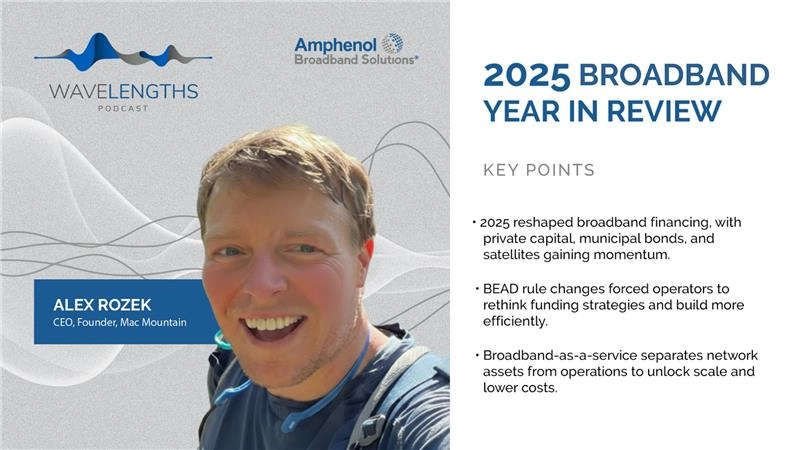Legacy Payment Companies Embrace Blockchain Solutions. Their Infrastructure is Still “Fundamentally Not Aligned” with Web3 Payments.
Legacy payment companies are finally embracing blockchain solutions at scale, though still behind compared to the innovation that young fintech companies are bringing to the next generation of payment solutions. Regardless, this embrace is taking many shapes, and it’s still not a guarantee that they’re up to the task.
In the last year, Visa and Mastercard have trialed new solutions, partnerships, or strategies to catch-up to the blockchain evolution:
- Mastercard has welcomed at least a dozen new startups from five different countries into its global engagement program, Mastercard Start Path, aimed at accelerating innovation in blockchain, web3, and fintech. It’s also partnered with Paxos for crypto trading services.
- The Visa Fintech Partner Connect program expanded to include Austria-based fintech company Bitpanda, enabling Visa’s partners to access Bitpanda’s investment infrastructure solutions for trading and investment services. Visa is now providing access to crypto trading for over 20 million European customers. The company is also partnered with Blockchain.com to offer a crypto debit card for payment using cryptocurrencies or cash balance.
Announced even more recently, Visa is forging ahead with the development of blockchain solutions for future payment systems, including Central Bank Digital Currency (CBDC) and for managing 4337 paymaster contracts, while Mastercard is launching cryptocurrency credential services for secure international asset transfers.
As the old adage goes, the bigger they are the harder they fall; the likes of Visa and Mastercard still have stiff competition as the incumbents in the payments industry. Not only is their competition varied (from countries looking to break their dependence on the U.S. dollar to the fastest moving innovators in blockchain), but their path to maintaining market dominance will take internal disruption that these companies have rarely seen, if ever. Emmanuel Daniel, founder of The Asian Banker, gives his full assessment of the state of legacy payment companies and their adoption of blockchain solutions, where their competition will be fiercest, and why an infrastructure overhaul is the only way to actually go head-to-head with industry newcomers.
Emmanuel’s Thoughts
“Originally, I used to think that the reason Visa and Mastercard even bothered to invest in fintech startups, especially those in payments, was to understand where the competition was coming from, to absorb them and to neutralize them. I had friends in the fintech community who would say to me that they managed to get Visa or Mastercard as an investor or a supporter. The value proposition that Visa and Mastercard will give is that we’ll give you access to three billion customers around the world, hundreds of millions of merchants, and all you need to do is plug into our network. But actually what was happening was that it was Visa and Mastercard that were plugging into the incremental changes being brought about by these new players, absorb them, and then either benefit from the best practice or neutralize them altogether. But I think things have changed dramatically. Today, I believe that both Visa and Mastercard are genuinely interested to see where the transformation in payments technology is taking them, and with a great interest in being transformed themselves. But there are two competitors that both Visa and Mastercard have to contend with, and they are unlikely competitors.”
Competing With Governments
“Number one are the governments. Around the world, governments are reforming their respective payment infrastructure, which they didn’t bother to do for generations, which gave both Visa and Mastercard the opportunity to build a global network that they have, the global networks that they have. But what’s happening today is that many governments in the world are trying to bring payments back onshore and to reduce the cost of payments and not make them credit dependent. So in Southeast Asia, for example, the governments use the debit card Volcker link platform of Mastercard, which existed in several different countries and linked them together at a G2G level, that is government to government level. When they did that, they denied Mastercard the opportunity to make an income or to generate revenue from exchange rates and transaction fees, cross-border transaction fees. And so you have an emerging cross-border debit payment infrastructure, which actually rides on the back of what Mastercard had built in the past. And in the US, the FedNow infrastructure being promoted by the Fed and by the Consumer Protection Bureau is to make instant payment available at almost no cost, but riding the telecommunications infrastructure on a bank to bank basis instantly. This kind of infrastructure already exists in many countries around the world. As governments initiate these programs, they actually chip away at the preponderance of credit card infrastructure as the sole or the main paying platform.”
Competing With Blockchain
“The other competition that both Visa and Mastercard are up against are some of these blockchain players. And here, the jury is still out as to where the technology might evolve, where it might evolve into. For example, Ripple tried to create a token-based cross-border payment infrastructure, bank to bank payment infrastructure, but they had to water it down because the bank said, you know, we’re not ready for this and we’d like to take a more software approach. And that’s what XRP has become today. Now if Visa and Mastercard had moved much more decisively into blockchain, they might find themselves waiting for where the technology is going to be taking them. So the blockchain path is still not very clear. And then there are several other options coming on stream, such as central bank digital currencies, which I personally think is a non-starter, but there are lots of initiatives on that front and cryptocurrencies themselves, stablecoins. So Visa and Mastercard will have to monitor the developments in these areas to see where they want to play.”
Staying Competitive Means An Infrastructure Overhaul
“But what’s very clear is that given the new technologies that are taking shape today, what Visa and Mastercard have to come to terms with is that nothing about the new payment platforms are going to be the same as the way in which Visa and Mastercard are currently constructed architecturally to do global payments processing. And so they are fundamentally not aligned in the architecture to the new architectures that are coming on stream. And so that will really require both Visa and Mastercard to be dramatically transformed or a new player with more native DNA in token-based global cross-border infrastructure coming on to compete with them. And a lot of the new developments are taking place in countries, in places like Africa. Now think about this. Payments as an infrastructure is essentially a message between two points or two persons. And if you and I can send messages to each other for free, technically we can send payments for free. It’s just that the organizations that want to provide this infrastructure would like to figure out how to monetize that.
In the US, the payments infrastructure built by Visa and Mastercard are multi-layered with many different players, processing players, credit profile players, and so on, generating income from being part of that infrastructure. And of course, the issuing and the accepting banks themselves, it’s a huge part of their retail banking income. So they will be loathe to see that kind of infrastructure dismantling without a view of how they can ace the future of payments. And for that reason, the future is being created in countries with less legacy. And those are the countries that we need to watch because sometimes these developments take place in innocent places and then find your way back into the legacy infrastructure in the US.”
Article written by Daniel Litwin.








